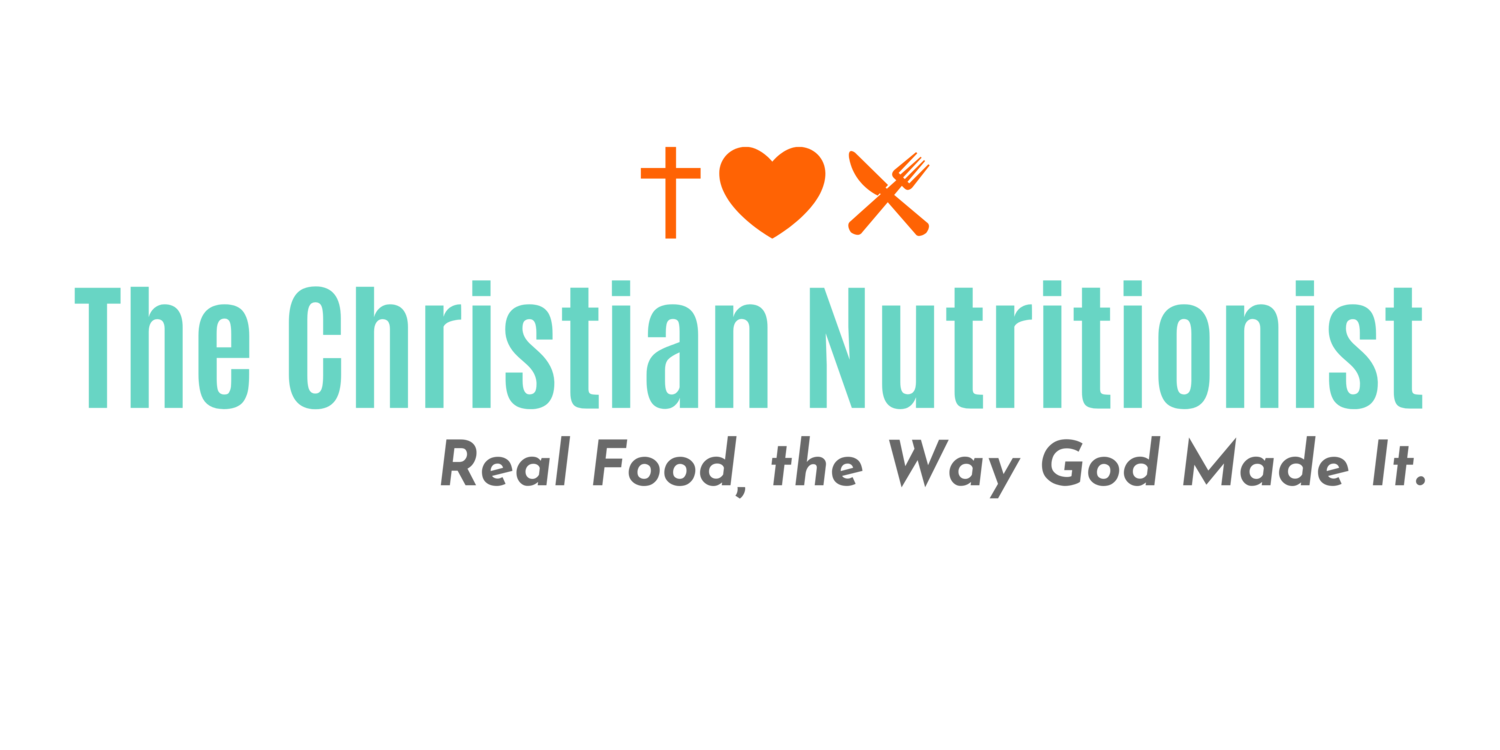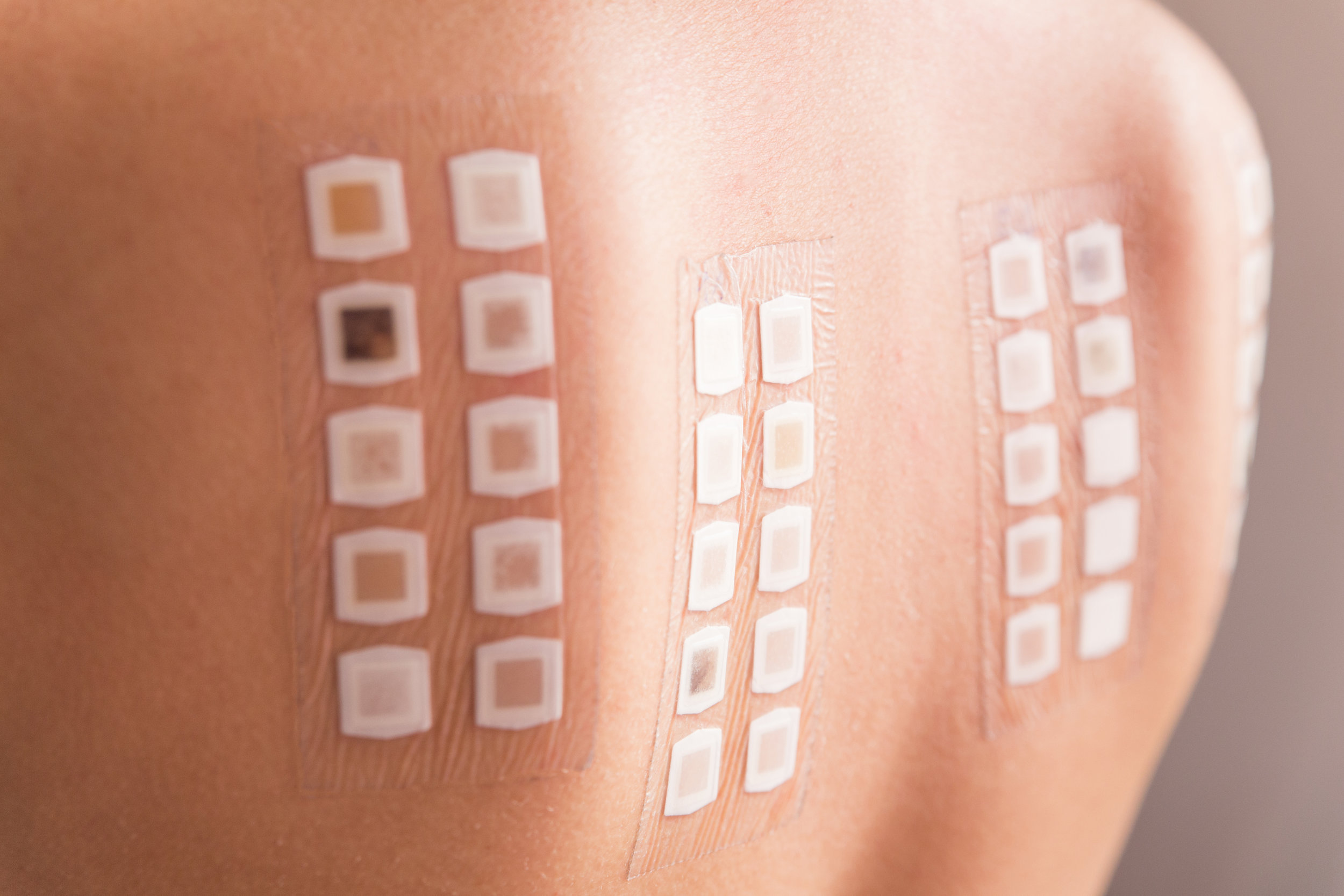The Top 8 Allergens (+ My Favorite Allergen-Free Recipes!)
Our body’s immune system is designed to keep us safe—to recognize and fight off infections- by standing its guard at all times. When it sees something foreign, it sets off the immune system in order to destroy that foreign substance. Sounds good ,right?
There can be too much of a good thing. In the case of a food reactions, the body is almost like… an overprotective helicopter parent. In a sense, the body is recognizing a food protein that should be harmless as a threat and tries to fight it off. This can show up as everything from skin rashes, breakouts, and itchy, red eyes to difficulty swallowing and breathing (a life-threatening food allergy response called anaphylaxis).
Before we begin, I want to quickly clarify the difference between allergies, sensitivities, and intolerances- the three types of reactions we can have to a food.
A true food allergy is mediated by Immunoglobulin (Ig) E. This is the kind of response that typically causes immediate symptoms like anaphylaxis or hives, breathing issues, swelling. Those are the scary, Epi-pen type allergies that are most commonly associated with peanuts, shellfish, egg, dairy, soy, nuts and wheat. So the body is responding in a different way there. It’s very scary, but it’s more direct.
WIth food sensitivities, the immune system reacts more slowly to the food. The reaction is often delayed and because it can manifest in so many different ways it’s harder to pinpoint. Who’s going to connect a piece of cheese with a skin breakout that you have 3 days later? Who’s going to know that chicken may trigger your exhaustion?
A food intolerance is different from a food allergy and sensitivity because it does not involve the immune system. Food intolerances are associated with digestive issues and symptoms. Common examples would include a lactose intolerance from dairy or fructose intolerance from fruit. It’s usually a problem with digesting a particular component in food due to lack of an enzyme (i.e. lactase) but it’s not an immune system response.
In today’s post, I am focusing on IgE-mediated food allergies and the top 8 foods that are triggers for them.
It’s no secret that the prevalence of food allergies is on the rise. The Centers for Disease Control & Prevention reports that food allergies in children has increased by 50 percent between 1997 and 2011. Shockingly, between 1997 and 2008, the prevalence of peanut or tree nut allergy has more than tripled in American children! (FARE). Although it's possible for any food to cause an allergy, 90% of all food allergies are caused by just eight foods…
#1. COW’S MILK
Cow’s milk is one of the most common allergens due to the casein protein. There is some speculation that certain forms of casein (A2) are more digestible and less allergenic than the most common form, A1. You can take a look at this study on PubMed, which concluded, “Replacing conventional milk with A2 milk reduced gastrointestinal symptoms associated with milk intolerance in Chinese preschool children, with corresponding improvements in aspects of cognitive performance.”
If you’re avoiding cow’s milk, here’s a quick list of common foods to steer clear of:
Milk
Milk powder
Cheese
Butter
Yogurt
Cream
Ice cream
#2. EGGS
This certainly makes breakfast more difficult but it happens. Eggs are actually the most common allergen in Spanish children, with a prevalence of about 3% over the first few years of life. This is due to the presence of a two allergens, ovomucoid and ovovalbumin (source). As with A1 casein, societal over-exposure to chicken eggs is often cited as as contributor to egg allergy. Some people who are sensitive to chicken egg report tolerating quail or duck eggs. And some people can tolerate either the egg white OR the egg yolk but not both. Again, bioindividuality reigns supreme.
Eggs are in lots of things beyond just the breakfast plate. As an emulsifier it helps hold baked goods (especially gluten-free ones) together. Ask questions about ingredients if you have an egg intolerance, and always read your labels.
Common foods that contain eggs:
Mayonnaise
Salad dressings
Baked goods
Ice cream
Pastas
#3. PEANUTS
Peanut allergy is one of the most common in our society, and one of the most feared as well due to its severity. Some are so sensitive to peanuts that simply exposure to airborne molecules is enough to trigger an allergic reaction.
Early introduction to peanut protein in infants has shown promise in reducing the prevalence of allergy later in life (source). A randomized controlled trial that included 640 infants younger than 11 months with either egg allergy or moderate–severe atopic dermatitis (predisposing factors to allergy development) found that 3.2% of children in the treatment group, who ate 2 g of peanut butter 3 times per week, developed peanut allergy after 5 years compared with 17.2% of children in the avoidance group (p < 0.001). (source). This is still a new idea, but something to pay attention to if you have young children.
Common foods that contain peanuts:
Trail mixes
Baked goods
Peanut oil
Peanut butter
#4. TREE NUTS
Tree nuts, such as Brazil nuts, almonds, macadamia nuts, cashews, pistachios, pine nuts, and walnuts, are also a major cause of anaphylactic allergy.
You’ll find tree nuts in these common foods:
Trail mixes,
Mixed nut butters
Baked goods
Flour alternatives- i.e. almond meal, cashew meal
Grain-free foods (i.e. Paleo cookies, pizza crust, etc.)
Milk alternatives
#5 & 6. FISH & SHELLFISH
Even though fish and shellfish are two of the most nutrient dense food categories, rich in omega 3s and iodine, allergies to these foods are still relatively common. Shellfish allergy is actually more prevalent in Southeast Asia, where it is a large component of the diet, than in any other area of the world (source). Very intriguing!
Sneaky sources of fish include…
Worcestershire sauce
Caesar dressing (contains anchovies or anchovy paste)
Certain cuisines (Japanese, Vietnamese, Thai, etc) that cook with fish sauce or shrimp paste
#7. WHEAT
If you know me, you know that I don’t think wheat is a health-promoting food for anyone to eat. Some people can consume it with minimal side effects, while others (like me) really don’t do well with it. Food allergy to wheat, however, takes it to a whole new level by causing a severe, rapid response to wheat and the proteins it contains.
Common foods that contain wheat include…
Bread
Pasta
Crackers
Cereal
Flour
Baked goods
Various condiments such as soy sauce
#8. SOY
Similar to wheat, soy is often poorly tolerated and contributes to leaky gut and an unhealthy immune system. Consuming soy protein (like edamame or tofu) can contribute to hormone imbalances as well. Even if you aren’t allergic, it’s generally better to avoid soy when you can.
Common foods that contain soy:
Meat alternatives
Soymilk
Soy sauce, even gluten-free (tamari soy sauce; coconut aminos is a good substitute
Miso
Edamame
Cold-pressed, expelled or extruded soy oil
Leaky Gut & Food Allergies
Leaky gut syndrome is a condition where the lining of the gut becomes more porous and inflamed. This allows undigested food particles, toxins and other harmful substances to enter into the bloodstream. So, which came first? Leaky gut, or food reactions? Leaky gut can trigger allergies and leaky gut can be due to allergies. Unfortunately, it goes both ways!
Testing For Food Allergies
See above: Skin prick testing
Allergy testing by professional is a precise way to tell which allergens are potentially contributing to your allergy symptoms. The two primary avenues for food allergy testing are:
#1. Blood IgE Testing—Measures IgE antibodies in the blood. A blood test can measure can test for over 150 things or more at the same time
#2. Skin Prick Testing—This type of testing is the most common and is relatively painless. To test, a small amount of the specific allergen in question is put into the skin by making a small indentation or “prick” on the surface of your skin. If no reaction occurs, the next step in skin testing can involve injecting the allergen under the first couple layers of skin.
#3. GI-MAP Testing- I currently offer my test in this nutrition practice. The GI-MAP allows us to identify and heal the root causes of food allergy within your gut- whether it’s leaky gut, yeast overgrowth, parasites, and more. You can learn about that test here on my website.
For less severe food reactions, MRT Food Sensitivity Testing is a great choice. This panel measures your blood for reactions to 170 different foods and chemicals that may be creating constant inflammation and, therefore, stress and illness in your body. You can learn more about the testing that I offer by visiting this link.
Recommendations For Those With Food Reactions
AVOIDANCE!
This might seem like a no-brainer, but allergic reactions can vary in severity after any time you ingest a trigger food. If you know you are allergic, don’t mess around—Avoid it!
Read labels carefully!
Make sure you are reading the ingredients list as well as looking at what is else is processed in the facility using the same equipment. You want to avoid the foods you are allergic to and also be mindful of potential cross-contamination.
Wash hands and household surfaces
Pay special attention to the cleanliness of your kitchen food prep surfaces.
Try to avoid inflammatory foods, even if you aren’t allergic to them.
Gluten, dairy, soy, sugar, and highly processed foods are major culprits that contribute to leaky gut and associated food sensitivities
Consume a nutrient-dense, real food diet.
Give your Holy Temple the foundational building blocks it needs to support your gut lining and immune function.
For more about allergies, check out this episode of the Paleo View podcast.
If you or someone you know has food allergies, I hope this post has been helpful for you. Thanks for reading!





